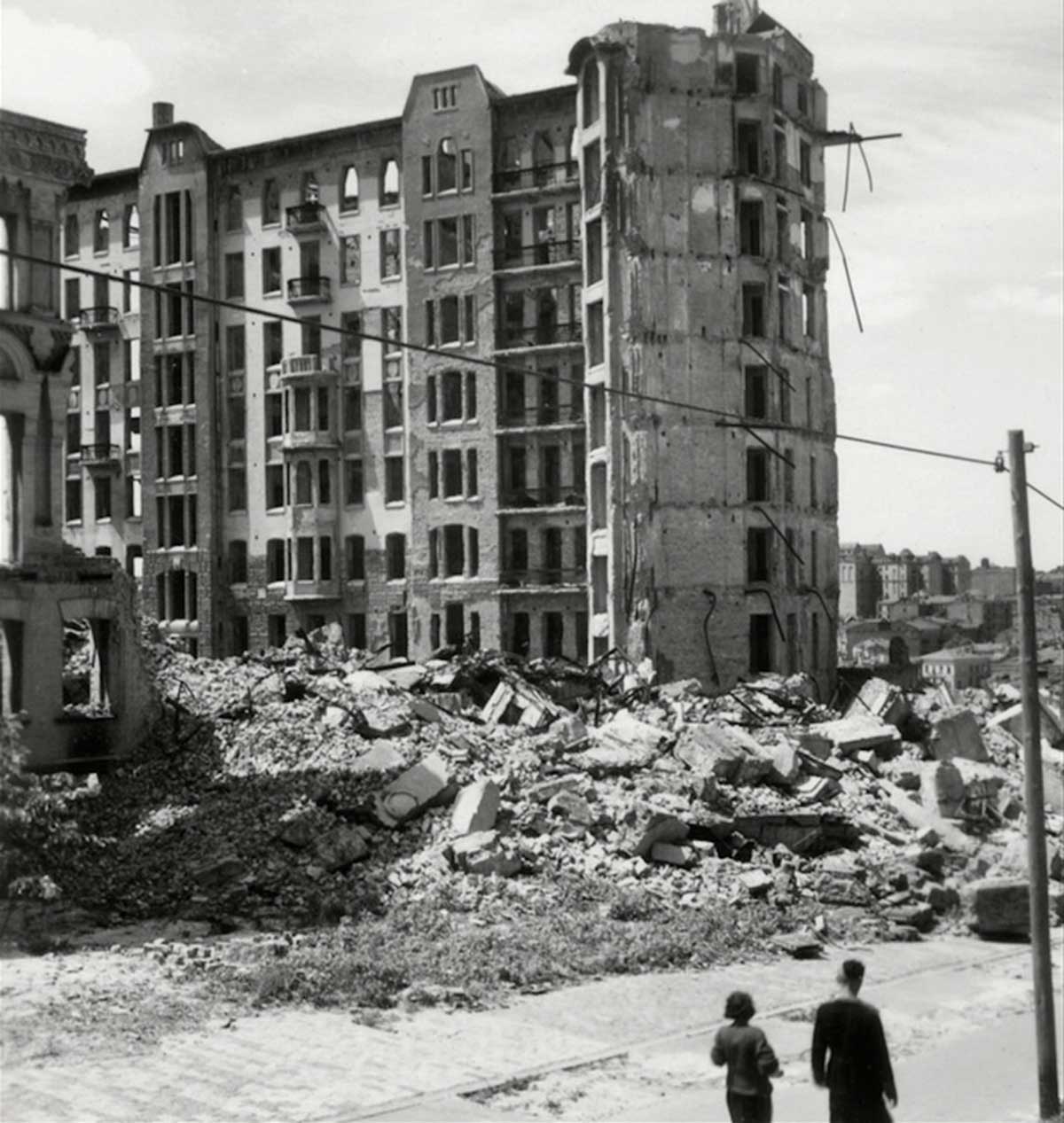Herbert List's pictures from the German-occupied Ukraine, 1943

Herbert List was a German photographer who worked for magazines including Vogue, Harper's Bazaar and Life, and was associated with Magnum Photos. He traveled regularly between Greece, Italy and Paris until the outbreak of World War II, when he settled in Greece to escape the German occupation of France.
After German forces invaded Greece, List was forced to return to Germany and made several job trips to photograph everyday life of the occupied territories on the Eastern Front.
In 1944, although partly Jewish and known to be a homosexual, he was drafted into the Regular Army. He served as a map designer in Norway.
The pictures of this set were taken on what was called the Reichskommissariat Ukraine. The region excluded many parts of present-day Ukraine and included some areas outside its modern borders.
It extends from the Volhynia region around Lutsk in the west, along the Southern Bug River in the south to the line from Vinnitsia to Mykolaiv, in the east to the regions around Kyiv, Poltava and Zaporizhia.
The previously conquered territories, including the rest of Ukraine (Crimea, Chernihiv, Kharkiv, and the Donbass/Donets basin), were under military rule from 1943–44. At its greatest extent, it covered only 340,000 square kilometres.

Between September 1941 and March 1944, the Reichskommissariat was administered by the Reichskommissar Erich Koch. The functions of the administration included the exploitation of its resources and people, for the sake of the peace of the region and for German benefit.
Adolf Hitler issued a Führer Decree on 17 July 1941 defining the administration of the newly occupied eastern regions. Ukraine was a major subject of the Nazi plan for the post-war expansion of the German state and civilization.
In 1941 the official German press reported the Ukrainian urban and rural population as 19 million each. During the existence of the commissariat, the Germans conducted only one official census for January 1, 1943, which documented a population of 16,910,008 people.
The Soviet official census of 1926 recorded the urban population as 5,373,553 and the rural population at 23,669,381 – a total of 29,042,934. A new census in 1939 put Ukraine's urban population at 11,195,620 and rural population at 19,764,601; Total 30,960,221.
The Nazi regime was planning to encourage the empowerment of some ethnic Germans in the area, as well as the settlement of German and other "Germanic" peasants in the area after the war. Ukraine was believed to be inhabited by ancient Germanic Gothic tribes.







No comments: